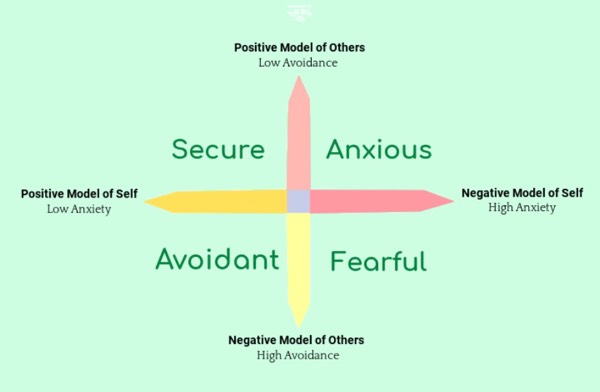
Laura Monk
@ThriveLauraMonk · 4:09
Attachment Styles
You can work on yourself and Laura four attachment styles. Also, you might notice that you are one attachment style with one person and a totally different attachment style with another person. So you might be like an anxious preoccupied with your mother, but you might be a dismissive avoidant with, let's say, your husband. So let's get into the different traits for each attachment styles

Laura Monk
@ThriveLauraMonk · 4:54
Trouble feeling their emotions or their gut feelings. Often demonstrates mixed signals in relationships. Tends to become emotionally flooded and withdraws. Fears, rejection and abandonment. Trigger response is usually flight or freeze and you will feel a push pull dynamic with this person. And then I wanted to go over some sentences that each of the attachment styles might say so secure. Might say something like I like me and I like you and I like us

Laura Monk
@ThriveLauraMonk · 3:46
So I want to mention a few more things about the attachment styles. A synopsis for the four, starting with secure attachment. Secure attachment has a positive view of self and of others. An anxious preoccupied attachment has a positive view of others, but a negative view of self. A dismiss of avoidant attachment styles has a positive view of self and a negative view of others. And a fearful avoidant attachment style has a negative view of self and a negative view of others
